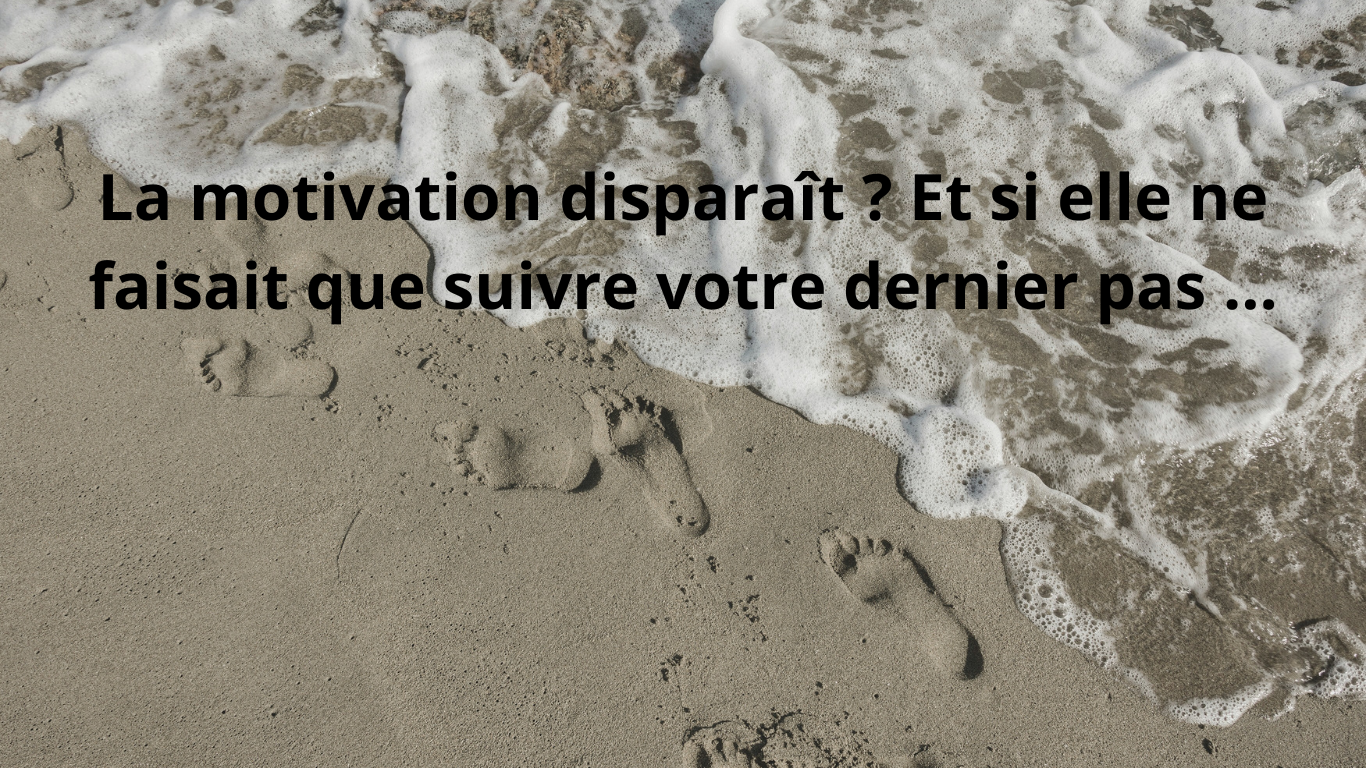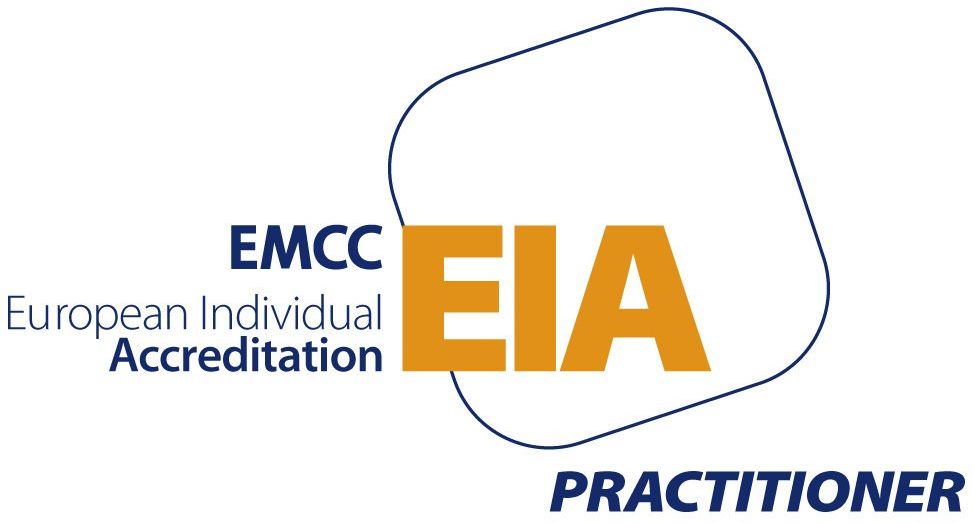Mastering Time Management Combining the Eisenhower Matrix and GTD for Peak Productivity
Here's a step-by-step approach to combining these two models

Have you ever felt overwhelmed by your tasks? Imagine juggling multiple responsibilities, feeling submerged by the urgency of each demand. For many, managing priorities can quickly become a source of anxiety. Fortunately, proven methods exist to help you regain control. Discover how to combine the Eisenhower Matrix and the GTD (Getting Things Done) method (Allen, 2015) to organize your priorities effectively.
Step-by-Step Guide for Optimal Productivity
Capture (Step 1 of GTD)
Start by noting all your tasks in one place, whether in a notebook or an app. The idea is to gather everything you need to do to get an overview and avoid forgetting anything. For example, include work projects, household chores, and even grocery shopping.
Examples:
- List work projects, like developing a new product.
- Include personal tasks, such as scheduling a doctor's appointment or buying groceries.
Once you've captured your tasks, it's essential to move on to clarification. This step allows you to determine what actions are genuinely necessary.
Clarify (Step 2 of GTD)
After listing everything, review each task to decide what to do with it. Ask questions like: Is it actionable and necessary? If a task requires action, move to the next step using the
Eisenhower Matrix.
Examples:
- A task like "respond to a client email" is actionable and should be categorized.
- "Organize a meeting" requires clarification on participants and objectives.
With clarification done, we can now organize these tasks using the Eisenhower Matrix for better management.
Organize
(Step 3 of GTD)
with the Eisenhower Matrix
Place actionable items into categories or lists based on context, urgency, or priority.
Classify your tasks based on two criteria: urgency and importance, as follows:
- Urgent and Important: To do immediately.
- Example: A report due today.
- Example: A client issue needing immediate attention.
- Important but Not Urgent: Schedule for later.
- Example: Planning training to improve team skills.
- Example: Developing a marketing strategy for the next quarter.
- Urgent but Not Important: Delegate if possible.
- Example: Responding to routine emails that don't require your expertise.
- Example: Organizing office supplies.
- Not Urgent and Not Important: Eliminate or postpone.
- Example: Reading blog posts unrelated to your work.
- Example: Cleaning your desk with no specific deadline.
Reflect (Step 4 of GTD)
Take a moment each week to review your tasks and check if your priorities are aligned with your goals. This is an ideal time to adjust tasks in the Eisenhower Matrix, as some may change categories over time.
Examples:
- Check if a task planned for last week was completed or needs to be rescheduled.
- Reevaluate priorities based on new information or project changes.
Engage (Step 5 of GTD)
Commit to working on tasks in order of priority. Start with those that are urgent and important, then move on to others. Don’t forget to set aside time for important but not urgent tasks to prevent them from becoming emergencies later.
Examples:
- Dedicate the first few hours of your day to finishing an urgent report.
- Reserve time each week for long-term project planning.
Use GTD Projects and Actions
For tasks classified as important but not urgent, break them down into projects with concrete steps.
Examples:
- If your goal is to write an article, define steps like researching, drafting, and reviewing.
- If your goal is project management, set steps like establishing a schedule, assigning responsibilities, and regularly tracking progress.
The Two-Minute Rule
Another practical tool for handling small tasks is the two-minute rule: execute immediately any task that takes less than two minutes, like replying to an email or making a quick call. This small action helps prevent the accumulation of minor tasks and keeps your mind clear.
The Benefits of This Combination
- Clear Prioritization: The Eisenhower Matrix helps you focus your time on essential tasks.
- Actionable Structure: GTD provides an effective process for capturing and organizing tasks.
- Consistency and Focus: Regular reviews ensure your goals stay aligned.
Conclusion
By combining the Eisenhower Matrix with GTD and applying the two-minute rule, you create a flexible productivity system to manage immediate and long-term projects. Start today and notice the improvement in your time management and efficiency! Share your experiences or reflect on your time management challenges. Imagine the peace of mind you could achieve knowing you're on the right path to accomplishing your goals while reducing stress.
If you have questions or want to know more about applying these techniques to your situation, book a free 30-minute consultation with me! This is an opportunity to discuss your challenges and find solutions tailored to your needs.
Reference:
Allen, D. (2015). Getting Things Done: The Art of Stress-Free Productivity (Revised). Penguin

All Rights Reserved | GetUnstuck Privacy settings












